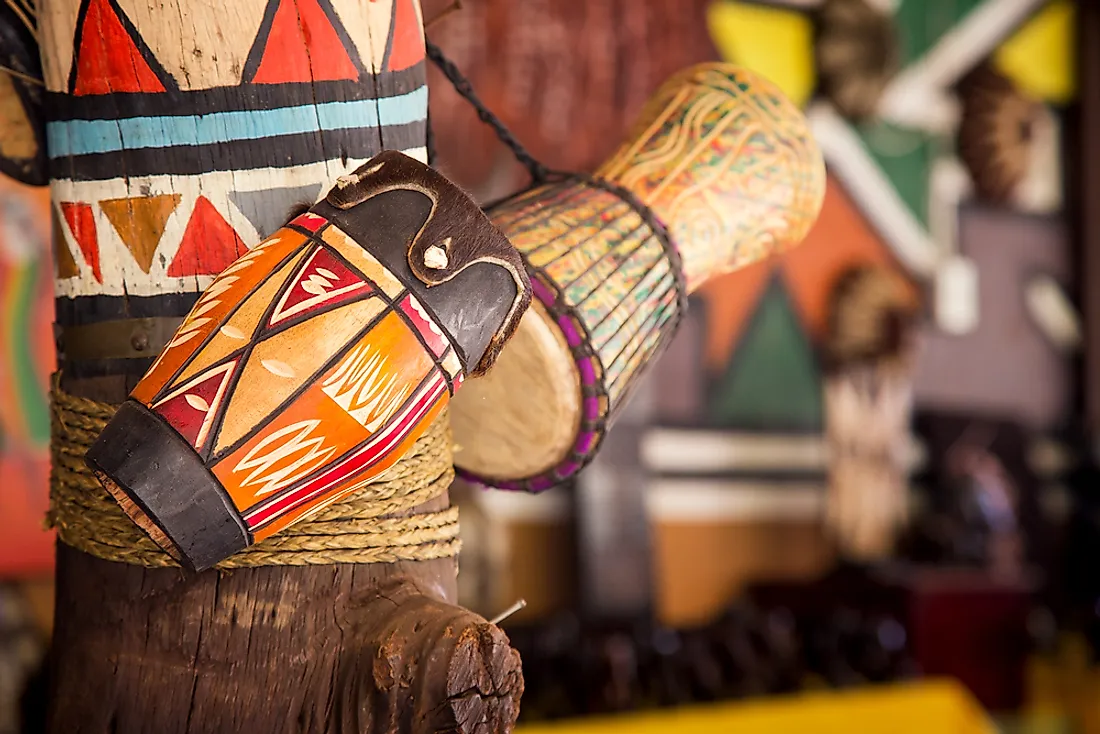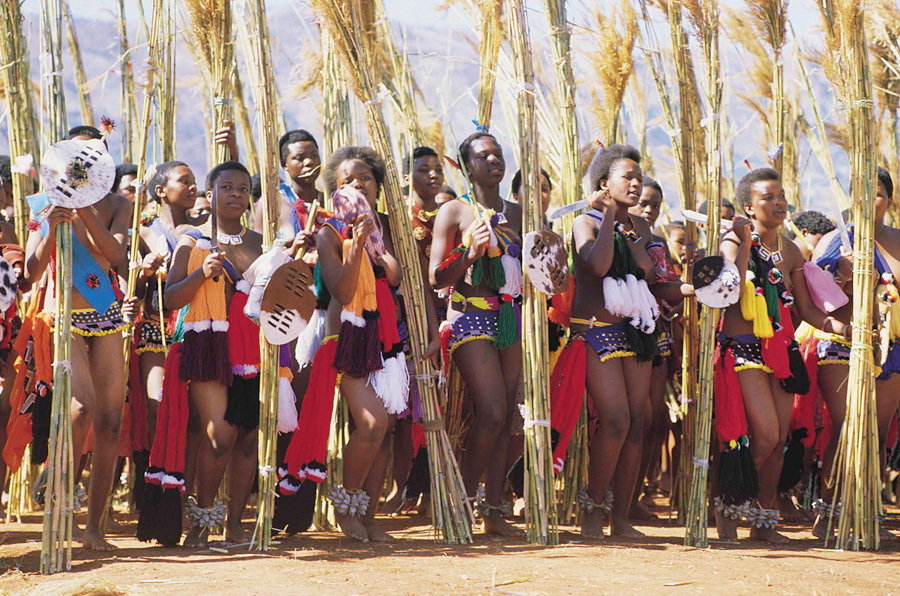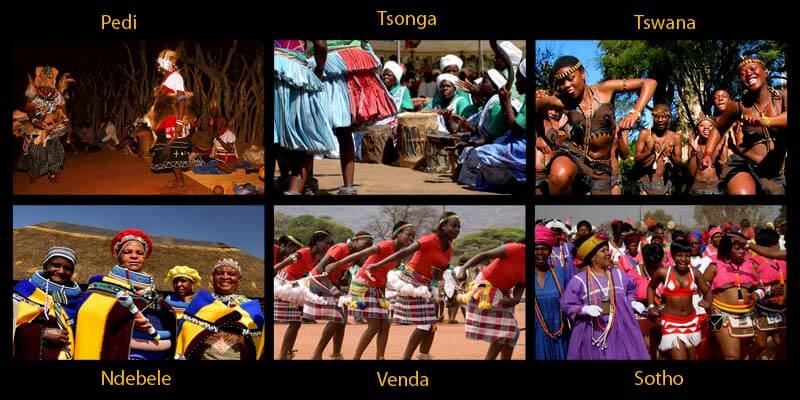4 Simple Techniques For South African Culture Today
4 Simple Techniques For South African Culture Today
Blog Article
Facts About South African Culture Today Uncovered
Table of ContentsSome Of South African Culture TodayNot known Facts About South African Culture TodayThe smart Trick of South African Culture Today That Nobody is Talking AboutSouth African Culture Today Can Be Fun For AnyoneSouth African Culture Today Fundamentals ExplainedSome Ideas on South African Culture Today You Should Know
A matter of importance in Zambian towns is the passing away of liked ones. All participants of the town placed money, time and effort with each other for the funeral of the deceased.Music and dance is a very important facet of the Zambian culture. The different tribal devices have their very own dance types; nonetheless, makishi is typical amongst all tribes.
The Ultimate Guide To South African Culture Today
When it pertains to music, drums are utilized the most, with a range of drumming events. In Zambia, bulk of the individuals are Christian; Protestant and Roman Catholic. There are tiny groups of Muslims and Hindus, with the remainder following local native tribal beliefs.

South African heritage and society is tremendously diverse, and contains several different groups of individuals who each have their own customs and beliefs. Having such a variety of individuals and cultures is what makes South Africa so one-of-a-kind. In truth sense of the expression, we are a rainbow nation.
Making it the 7th on the listing of countries with the most Portuguese people in it outside of Portugal. Portuguese is not just a culture, however it is also a language and a citizenship. Portuguese individuals originate from the nation of Portugal in Europe, nonetheless, due to Portugal (like numerous various other countries in Europe) checking out the globe and conquering various other nations during the 15th 20th centuries, South Africa has what we call Portuguese South African's living in it.
Unknown Facts About South African Culture Today
Amongst the famous attributes of the topography is a plateau that covers almost two thirds of the center of the country. The plateau complicated increases toward the southeast, where it climaxes in the Drakensberg variety, part of an escarpment that separates the plateau from the coastal areas. The Drakensburg includes Champagne Castle, the greatest optimal in the nation.
The area north of the Witwatersrand, called the bushveld, inclines downward from eastern to west towards the Limpopo River, which develops the worldwide border. The western section of the plateau, the middleveld, likewise descends towards the west and varies in elevation in between the highveld and bushveld. In between the Drakensburg and the eastern and southerly shoreline, the land descends to the sea.
Nearer the coastline there is a low-lying plain called the eastern lowveld. Southwest of the plateau the country becomes progressively extra dry, paving the way to the hostile desert of the Great Karroo, bordered on the east by the lower, much better sprinkled plateau of the Little Karroo. Separating the dry southern interior from the sandy coastal of the southern coastline and West Cape is an additional array, the Langeberg.
Unknown Facts About South African Culture Today
The nation's racially, ethnically, and politically divided background has created national and subnational icons that still function as icons of the country, and others icons that are accepted just by certain you could check here teams. The monuments to white inhabitant conquest and political supremacy, such as the Afrikaner Voortrekker ("leader") Monument in Pretoria and the Rhodes Monolith honoring the British colonial realm contractor and Cape prime preacher Cecil Rhodes, remain sectarian icons.
The first contemporary inhabitants were the San ("bushman") hunter-gatherers and the Khoi ("Hottentot") individuals, that herded animals (South African culture today). The San might have been present for hundreds of years and left evidence of their existence in hundreds of ancient cavern paintings ("rock art"). Bantu-speaking clans that were the ancestors of the Nguni (today's amaZulu, amaXhosa, amaSwazi, and vaTsonga individuals) and Tswana-Sotho language teams (today's Batswana and Southern and Northern Basotho) migrated below eastern Africa as early as the fifteenth century

The 2 former republics of the Orange Free State and Transvaal (South African Republic) were developed by Afrikaner settlers who beat and dispossessed the Basotho and Batswana. Lesotho would certainly have been by force integrated right into the Orange Free State without the extension of British defense in 1869. The supreme unification of the country resulted from the South African War (18991902) between the British and the two Afrikaner republics, which decreased the country to mess up at the beginning of the twentieth century.
Afrikaners historically considered themselves the only real South Africans and, while providing complete citizenship to all homeowners of European descent, refuted that condition to people of color until the autonomous change of 1994. British South Africans preserve a feeling of cultural and social he said connection to Great Britain without deteriorating their identity as South Africans.
The Ultimate Guide To South African Culture Today
The variety and fragmentation within ethnic collections and the balance of stress between those teams during the twentieth century stopped interethnic civil conflict. While intergroup stress over resources, privileges, and political dominance stay, those conflicts are as likely to match Zulu against Zulu as Zulu versus Xhosa or African against Afrikaner.
From colonial India, British vendors and managers brought the curved metal ornamental roofing systems and slender shoelace work columns that still represent the verandas of cottages in communities and cities throughout the nation. Holy places add an essential building aspect even in the tiniest towns. Along with the rising steeples and classic stonework of Afrikaans Dutch Reformed churches, Anglican churches, synagogues, mosques, and Hindu shrines give variety to the religious building scene.

Butchering and the developing of typical grain beer are essential in securing the participation and goodwill of the forefathers that are considered the guardians of good luck, success, and health. Indian areas maintain their native culinary customs and apply them on Islamic and Hindu routine and visit homepage ceremonial occasions. Afrikaners and Coloured people collect at weekend breaks and special occasions at multifamily bbqs called braais, where area bonds are reinforced.
Since this was the key financial business of both black Africans and white colonists, problem in between those groups fixated the property of grazing land and animals. In 1867, the largest diamond deposits worldwide were found at Kimberley in the west central location. The riches from those areas aided finance the exploitation of the greatest gold coral reef in the globe, which was discovered on the Witwatersrand in 1886.
Little Known Questions About South African Culture Today.
This led to misconceptions and deliberate misstatement in the ventures of white settlers and federal government officials with African chiefs throughout the early american period (South African culture today). In the facility of African books, some facets of communal and mainly "tribal trust" land tenure were protected, and also in white rural areas, kinds of communal tenure were still practiced in locations with African communities
After the democratic improvement of 1994, programs for land restitution, redistribution, and reform were set up, but development has actually been slow-moving. The white minority still controls eighty percent of the land. In the wake of agricultural land intrusions in Zimbabwe, the Division of Land Matters has actually pledged to speed land redistribution.
Report this page